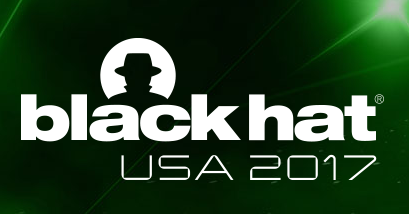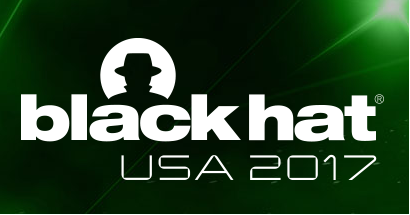20 Questions for Improving SMB Security
Over the last few months, I’ve had the good fortune to chat with a number of small and medium-sizes businesses about their unique security issues and challenges. What did I notice during many of my conversations? That most SMBs are extremely well-intentioned about security, but they sometimes aren’t quite sure where to begin. The conundrum for them is that they know they have limited resources, but they aren’t sure of the optimal places to invest those resources
I don’t profess to have all the answers, but I can point SMB security teams in the right direction with a series of 20 questions to ask themselves. Their answers will determine how to assess where they are, identify gaps that need to be filled, and optimize existing resources. Let’s get started.
- Do we have the relationship we need with our executives and board, and are we regularly in communication with them?
- Do we understand the risks and threats that most concern our executives and board?
- Do we understand the specific risks and threats targeting our industry and/or geography?
- Do we understand what our customers, partners, and other stakeholders are concerned about and what could cause us to lose their trust?
- Do we understand which data under our custodianship is the most sensitive and where it resides?
- Do we understand the different vulnerabilities that exist within our environment and how those vulnerabilities introduce new or exacerbate existing risks and threats?
- If we do understand the risks and threats facing us from these different perspectives, have we taken time to prioritize them?
- Have we broken those risks and threats down into goals and priorities and developed a strategic plan to address them?
- Do we understand how to assess our current security posture and identify gaps that may keep us from meeting our goals and priorities?
- Do we understand how to benchmark ourselves against our peers or others within our industry, geography, or with similar security budgets to understand how we compare?
- Do we understand how to leverage the information gained from the benchmarking and assessment process to help us fill gaps and work towards our goals and priorities?
- Have we formulated meaningful metrics to help us assess our progress towards our goals and priorities?
- Do we have the budget we need to improve our security posture in accordance with our strategic plan?
- Do we understand how to show the board the value we currently provide, and how increasing budget will directly translate to mitigating additional risks and threats that the board is concerned about?
- Do we know how and where to invest our security budget to achieve the optimal results?
- Do we have the people we need to rise to the occasion to combat new and evolving threats?
- Do we know what policies and procedures we need to put in place to manage our environment properly?
- Are we working with the right partners and vendors to achieve our desired results?
- After the initial assessment, strategic planning, and plan implementation, do we have a plan to run security operations on a continual basis to ensure that the environment is monitored and protected at all times?
- Are we prepared in the event of a serious incident, and do we know what we would do and how we would handle it?
The time for SMBs to improve their respective security postures came long ago. Most security industry leaders I know wouldn’t argue with that statement. At the same time, those same people aren’t quite sure how to help, which is likely why sufficient progress has not yet been made.
Of course, there is no silver bullet or one-size-fits-all solution. But the security industry has tried sitting back for quite some time, and it’s now time for them to take a more active role in arming SMBs for the battle to improve their security postures. Once SMBs understand how to get the biggest bang for their efforts, we can move on to the next set of 20 questions for improving SMB security.
Related Content:
- 20 Questions for SecOps Platform Providers
- 20 Questions Security Pros Should Ask Themselves Before Moving To The Cloud
- 20 Questions Smart Security Pros Should Ask About ‘Intelligence’
Josh is an experienced information security leader with broad experience building and running Security Operations Centers (SOCs). Josh is currently co-founder and chief product officer at IDRRA. Prior to joining IDRRA, Josh served as vice president, chief technology officer, … View Full Bio
Article source: https://www.darkreading.com/20-questions-for-improving-smb-security/a/d-id/1329423?_mc=rss_x_drr_edt_aud_dr_x_x-rss-simple
![Image Credit: By DuMont Television/Rosen Studios, New York-photographer.Uploaded by We hope at en.wikipedia (eBay itemphoto frontphoto back) [Public domain], via Wikimedia Commons.](https://stewilliams.com/wp-content/plugins/rss-poster/cache/5f9a3_20_questions_1954.jpg)
 Black Hat USA returns to the fabulous Mandalay Bay in Las Vegas, Nevada, July 22-27, 2017. Click for information on the
Black Hat USA returns to the fabulous Mandalay Bay in Las Vegas, Nevada, July 22-27, 2017. Click for information on the  Black Hat USA returns to the fabulous Mandalay Bay in Las Vegas, Nevada, July 22-27, 2017. Click for information on the
Black Hat USA returns to the fabulous Mandalay Bay in Las Vegas, Nevada, July 22-27, 2017. Click for information on the